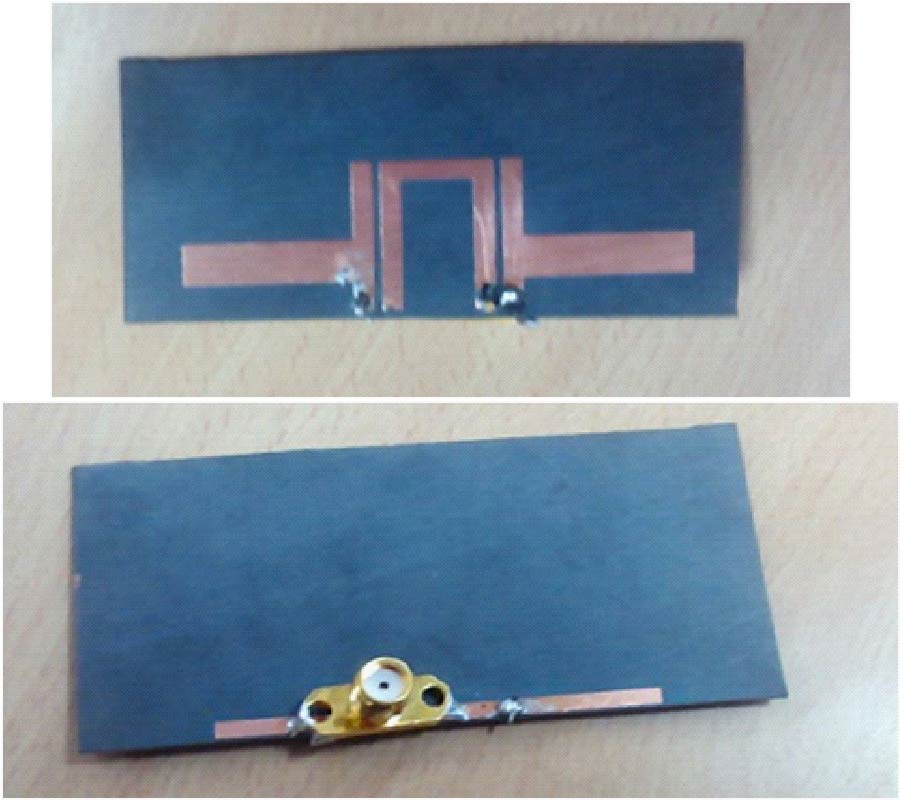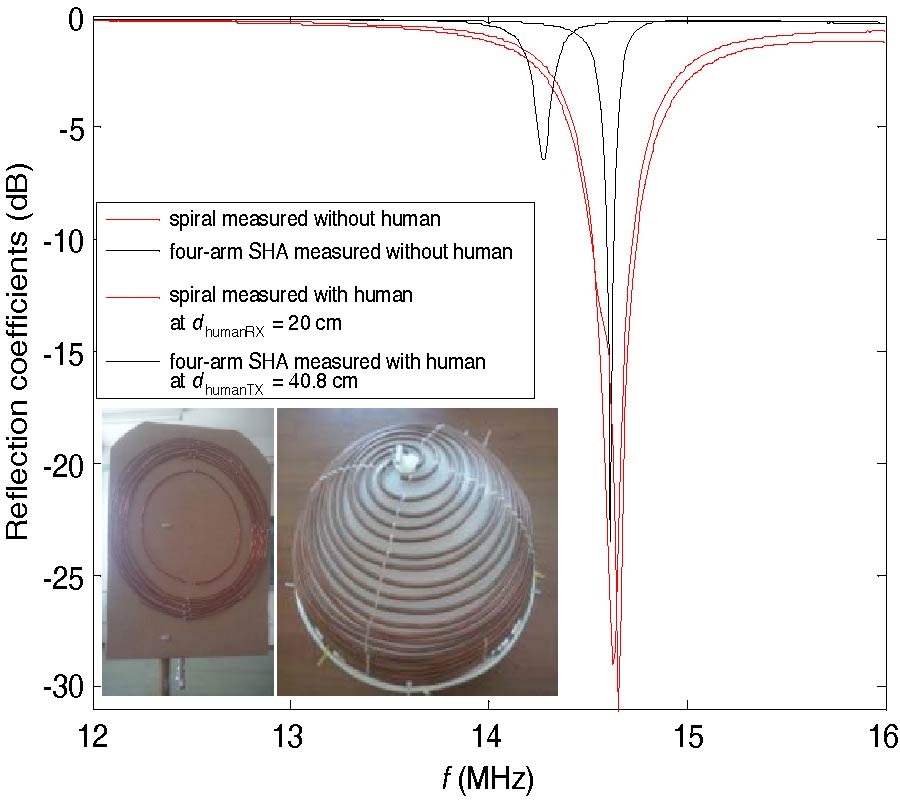Wide-Beamwidth Circularly Polarized Antenna and Its Application in a Sequential-Rotation Array with Enhanced Bandwidth
Li Jiang,
Fu-Shun Zhang,
Fan Zhang,
Ya-Li Yao and
Tian Li
A wide-beamwidth circularly polarized (CP) asymmetric microstrip antenna is proposed by etching four novel unequal fan-shaped notches at the vertexes of the square radiator. A bandwidth of 1.5% and beamwidth of 156° are well achieved for an axial-ratio ≤ 3 dB (3-dB AR) at the central frequency of 1.575 GHz. To widen the bandwidth, the asymmetric microstrip antenna is further expanded with the construction of a 2×2 antenna array using sequentially rotated feeding technique. Moreover, by properly optimizing the distance between each two neighboring elements and the radii of the fan-shaped notches, the 3-dB AR bandwidth of the sequential-rotation array (SRA) is approximately extended to 7.8% with a wide-beamwidth at the central frequency of 1.6 GHz. In addition, the gain variation within the bandwidth is less than 1 dB. Finally, a laboratory model of the SRA has been fabricated, and acceptable agreement of the simulated and measured results makes it a good candidate for applications where wide-bandwidth, wide-beamwidth and small gain variation are needed.



















